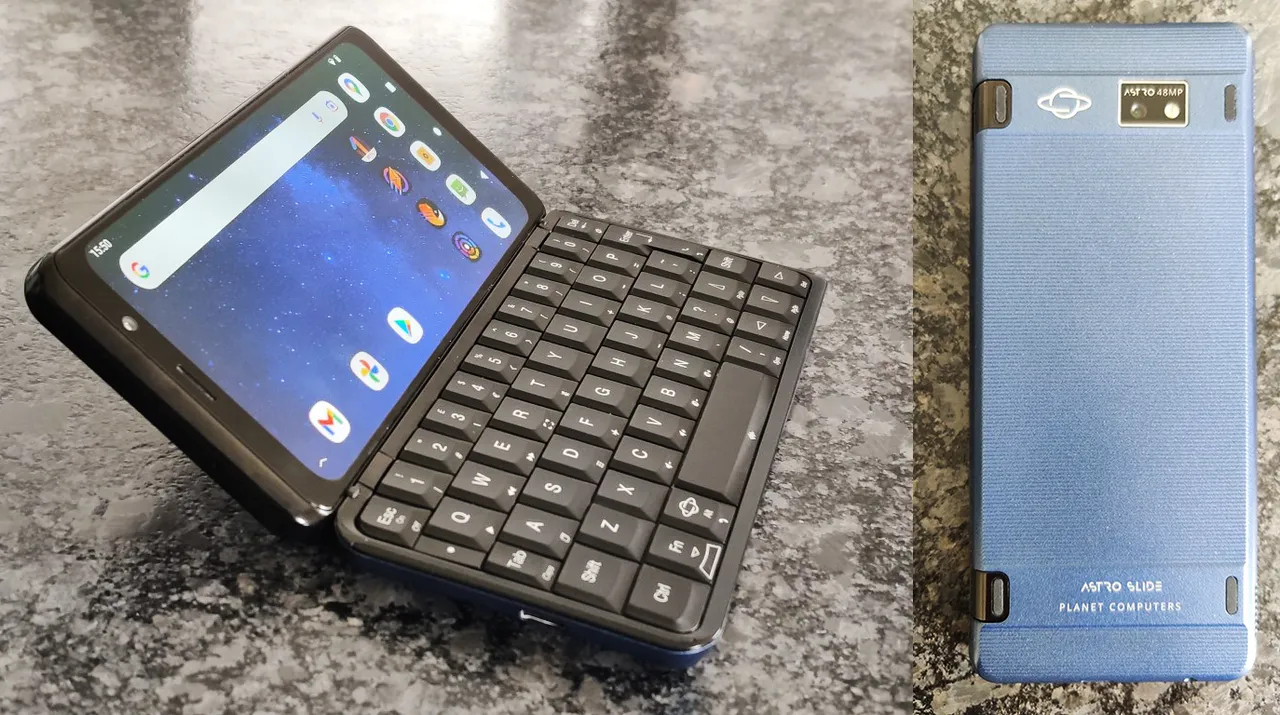My journey into the world of smartphones began with the PalmOne Treo 650, a device that stood out with its physical keyboard. As time passed, I explored various Palm phones, progressing to the HP Pre3, until the downfall of Palm forced me to reluctantly switch to an iPhone 5 – a departure from the familiar tactile experience I had grown accustomed to. Despite transitioning to a touch-based virtual keyboard, my yearning for the physical keyboard’s reassuring tactility remained.

Then, a glimmer of hope emerged on the horizon with the introduction of the BlackBerry Priv, marking BlackBerry’s initial foray into the realm of Android smartphones. Boasting a sliding keyboard, the Priv seemed poised to fulfill my desire for a tactile typing experience on a modern device. However, reality did not match expectations. While the BlackBerry Priv sported an expansive 5.4-inch screen and the promise of BlackBerry’s keyboard prowess, its performance and battery life proved abysmal. The device heated up inexplicably, tarnishing the potential joy of using a physical keyboard.
Subsequently, the BlackBerry KeyOne and Key2 were released under the stewardship of brand licensee TCL. These devices held the promise of blending BlackBerry’s keyboard expertise with TCL’s experience in crafting Android smartphones. The result, however, was a mixed bag. While the keyboards were decent, the overall experience fell short due to performance issues and subpar cameras. Notably, battery life and pricing were commendable, making them relatively attractive options.
The landscape of keyboard smartphones has witnessed other contenders since the dissolution of the BlackBerry-TCL partnership. Regrettably, these offerings have largely fallen short of expectations. While some devices featured respectable keyboards or commendable performance, none managed to strike the delicate balance of delivering excellence across the board. In an era defined by smartphones that excel in all aspects, the notion of a “keyboard gimmick” fails to suffice in capturing consumer attention and loyalty.
Crafting a successful keyboard smartphone in the contemporary landscape hinges on two key pillars: an impeccable keyboard experience and an exceptional overall device. The keyboard must offer a satisfying tactile feedback, reminiscent of traditional keyboards, with each key press offering a consistent and responsive click. The placement of keys should intuitively facilitate thumb typing without requiring visual confirmation, a hallmark of well-designed keyboards.
Furthermore, the keyboard’s integration into the device’s software is paramount. It should seamlessly incorporate features like predictive text and autocorrect, ensuring a fluid and intuitive typing experience. The phone’s physical design must harmonize with the keyboard’s presence to achieve an optimal balance between weight distribution and usability. Previous examples, such as the BlackBerry Priv’s weight imbalance, serve as cautionary tales.
The screen size assumes a critical role, especially in the context of modern smartphone usage patterns. The BlackBerry KeyOne and Key2 suffered due to their compact screens, hindering users from fully embracing multimedia consumption and the immersive experience of full-screen applications. As the popularity of platforms like Instagram Reels and TikTok surges, a sufficiently sized screen has become essential.
Performance is non-negotiable. Users demand smooth, lag-free interactions, and a sluggish phone is unacceptable. A keyboard-equipped device must exhibit the same degree of responsiveness and fluidity expected from contemporary smartphones. Heat management and battery life, too, deserve meticulous attention to maintain user satisfaction during prolonged usage.
A glaring Achilles’ heel of past BlackBerry phones has been their underwhelming cameras. In an era where smartphone cameras are integral to everyday life, offering a subpar camera experience is no longer tenable. While not every device needs to rival the photographic prowess of industry giants, capturing images that closely mirror real-world scenes with minimal shutter lag is imperative.
source: crackberry
Leave a Reply